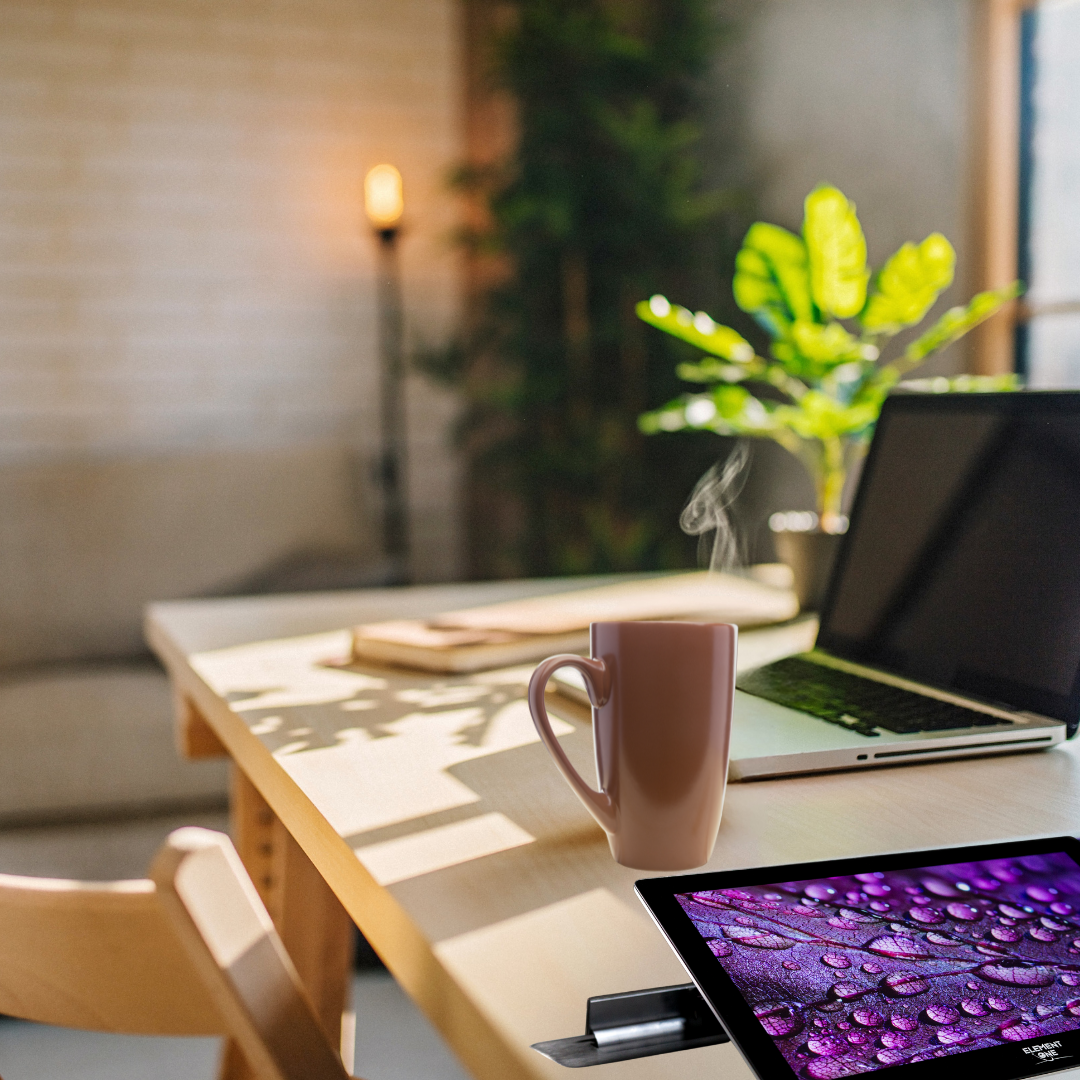Working from home has a lot of perks — no commute, flexible hours, and the comfort of your own space. But it also comes with challenges. When your office is your bedroom, kitchen table, or even a corner of your living room, staying focused can feel tough. That’s why setting up a proper home office is more than just buying a desk and chair. It’s about creating an environment that helps you focus, feel motivated, and get more done without burning out.
A well-designed workspace sets the tone for your entire workday. It tells your brain, “This is where we get things done.” It also reduces distractions, improves posture, and makes remote work feel more professional. Whether you’re a freelancer, a virtual assistant, or working a full-time remote job, your setup plays a big role in how productive and focused you are.
If you’re ready to work smarter from home, here’s a complete guide on how to build a home office that supports productivity, no matter how much space you have.
Choose the Right Location for Your Home Office
Your environment affects how well you work. That’s why your first step is choosing the best spot for your home office.
Home Office Setup Tips for Limited Space
If you have a spare room, turning it into your office is ideal. But if you’re working with less space, pick a quiet corner with good light and minimal foot traffic. A small desk near a window or a corner shelf setup can work just as well.
- Separate work and personal areas: Avoid working in bed or on the couch. A dedicated space signals to your brain that it’s time to focus.
- Look for quiet: Noise is one of the biggest productivity killers. Choose a spot away from TV, kids’ play areas, or street noise if possible.
- Think about power: Make sure your chosen space has nearby outlets for your laptop, charger, and other devices.
For more tips on starting your remote career from scratch, check out our guide on remote jobs with no experience.
Desk and Chair Ergonomics: Comfort = Productivity
You’ll spend hours at your desk every day, so the right furniture matters. Poor posture can cause back pain, neck strain, and fatigue — all of which hurt productivity.
Best Desk and Chair Setup Tips
- Choose an adjustable chair: Your feet should rest flat on the floor and your knees should be at a 90-degree angle.
- Set your screen height: Your monitor should be at eye level to avoid neck strain. Use a laptop stand or external monitor if needed.
- Keep your wrists neutral: Your elbows should form a 90-degree angle when typing. Consider an ergonomic keyboard and mouse.
Even small adjustments to your setup can make a big difference in how focused and energized you feel.
Light It Right: The Power of Natural Light
Lighting affects your energy, mood, and productivity more than you might think. A poorly lit space can lead to eye strain and fatigue, while bright, natural light keeps you alert.
Home Office Lighting Tips
- Work near a window: Natural light boosts mood and helps you stay awake. If possible, position your desk perpendicular to a window to avoid screen glare.
- Layer your lighting: Use a mix of overhead, task, and ambient lighting. A desk lamp with adjustable brightness is a great addition.
- Avoid harsh light: Soft, warm light is easier on the eyes during long hours of screen time.
Keep It Tidy: Cable and Tech Organization
A messy desk leads to a messy mind. Keeping your tech and cables organized will make your space look cleaner and feel less stressful.
Small Home Office Organization Ideas
- Use cable clips or sleeves: These keep wires neat and prevent tangles.
- Mount a power strip under your desk: It clears space and reduces clutter.
- Add a small drawer or box: Store chargers, hard drives, and accessories in one place.
A clean and organized workspace makes it easier to focus on what matters: your work.
Use the Best Tools and Apps for Remote Work
The right tools make working from home more efficient and less stressful. From time management to team communication, these apps can make a big difference.
Recommended Tools for Productivity
- Time tracking: Try tools like Toggl or Clockify to track hours and stay accountable.
- Task management: Apps like Trello, Asana, or ClickUp help you organize projects and deadlines.
- Focus tools: Use apps like Forest or Freedom to block distractions and keep your attention on work.
- Cloud storage: Google Drive and Dropbox keep your files safe and easy to access.
You can find more helpful tools in our guide to online tools for remote workers.
Reduce Distractions and Boost Focus
Even the best setup won’t help if you’re constantly distracted. Remote work comes with many interruptions — from social media to house chores — but there are ways to stay on track.
Productivity Tips That Work
- Set a schedule: Work in focused blocks (like the Pomodoro technique: 25 minutes of work, 5-minute breaks).
- Use noise-canceling headphones: If you can’t find a quiet spot, block out distractions with soft instrumental music or white noise.
- Set boundaries: Let family members or roommates know your work hours to minimize interruptions.
- Limit multitasking: Focus on one task at a time. You’ll finish faster and with better quality.
5 Quick “Do This” Tips for a Better Home Office
Here’s a simple checklist you can follow right now:
- Pick a quiet, dedicated workspace with good lighting.
- Invest in a comfortable chair and ergonomic desk setup.
- Keep your space clutter-free with cable management tools.
- Use apps to track time, block distractions, and manage tasks.
- Stick to a daily routine and set clear work boundaries.
Final Thoughts
A great home office doesn’t have to be expensive or fancy. It just needs to be comfortable, organized, and designed with productivity in mind. By setting up a space that supports focus and comfort, you’ll find it easier to stay on task and enjoy remote work more.
If you want more tips on building a successful remote career, check out our articles on remote jobs with no experience and online tools for remote workers. And be sure to explore more remote work guides right here on TrendingHomeJobs.com.






